Smart Outdoor Living in 2025


One of my favorite things since I moved to Las Vegas is starting my day by sipping coffee on my patio as the sun rises, surrounded by thriving flowers and herbs, while a small fountain burbles in the background, and hummingbirds whizz to and from the feeder so quickly they’re gone before I can even catch a good look. My second favorite thing is sitting on the patio enjoying the evening breeze sipping wine with my husband or friends with the perfect lighting and background music to set the mood. The only thing that could make it better is if it all happened with little to no effort from me. That’s why this spring, I decided to extend my smart home to the outdoors and turn my patio into a tech-powered haven for pollinators and people alike.
Just like people, if you want them to stick around, pollinators need food, water, and shelter. While nearby trees and shrubs provide a place to roost, it’s up to me to provide the rest. I started by setting up a shallow bird bath with small stones placed in the water for butterflies and hummingbirds to perch on while they drink and a bubbling fountain that would both prevent mosquitoes from breeding and hopefully attract more desirable winged friends with its sound. I plugged the pump into the EP40A Kasa SmartWi-Fi Outdoor Plug ($29.99) and set up a schedule in the Kasa app for the fountain to turn on and off when the sun rises and sets, so all I need to worry about is topping up the water and cleaning as needed.

Next, I replaced my hummingbird feeder with the Birdfy Hum Feeder ($299.99). The two cameras let me enjoy the tiny birds’ brilliant plumage close up in the Birdfy app before they whizz away and I can even take photos and videos to send to my friends and family. The feeder is available with or without a solar panel and since the battery lasts a few days, the same frequency you need to clean and refill the feeder, you can save money by charging the feeder overnight whenever you bring it in to refill it. Ultimately, I found it more convenient to quickly clean and refill the feeder without having to worry about charging it at the same time. Netvue, the company that makes Birdfy, offers a subscription service that will notify you when it detects birds at the feeder and record the activity, but I didn’t find that hummingbirds stick around at the feeder long enough to make it worth it. Perhaps if I had one of the company’s other bird feeders I would reconsider; the squirrel footage on the Birdfy community page is hilarious.
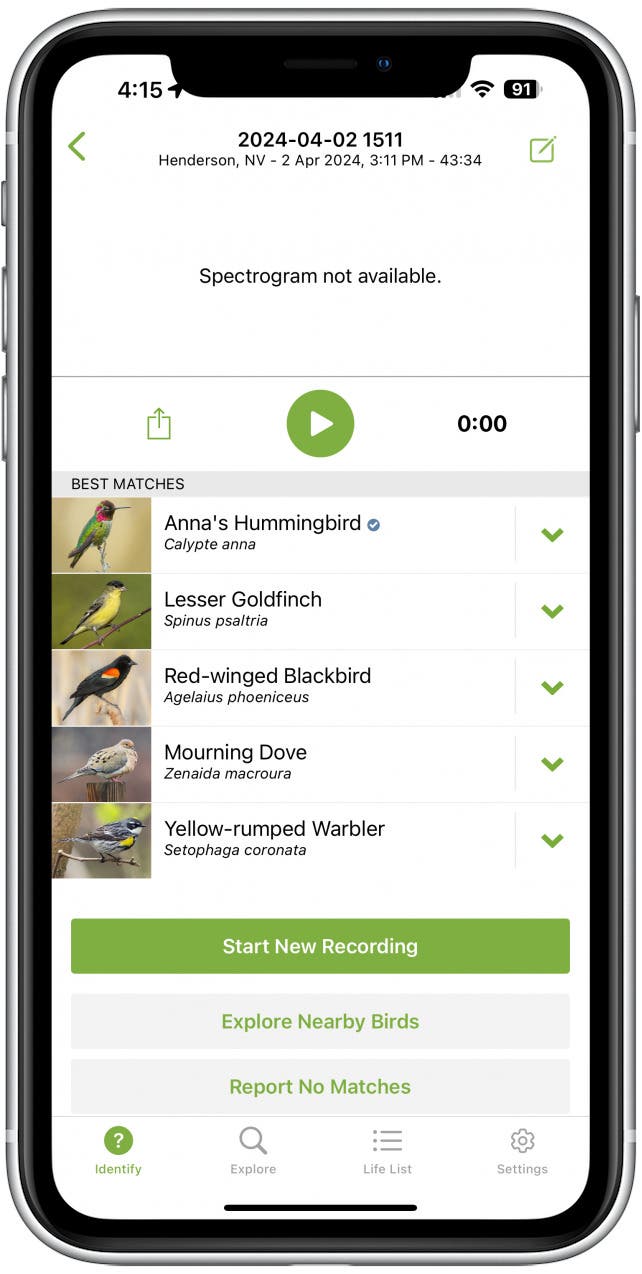
Because my patio is so small and I don’t have a yard, I decided not to try to attract larger songbirds in addition to the hummingbirds. But I still enjoy listening to them. I use the free Merlin Bird ID by Cornell Lab app to identify the birds I can hear from my patio. The app lets you identify birds based on song and pictures, and narrows it down based on your geographical location. If you’re trying to identify a bird based on a photo, the app will show you images of adolescent and adult birds of both sexes to make it easier. Overall, I’ve found this app to be the best at accurately identifying birds over any other ID apps I’ve tried. For identifying insects and butterflies that visit, I tested several apps, but found that none of them did as well at identifying them as the Visual Lookup feature (iPhone XR and later) in the iPhone’s own Photos app. I also use it to identify plants I come across when I notice they are particularly popular with butterflies and hummingbirds so I can look into growing them on my patio. No app will identify wildlife or plants with 100 percent accuracy, but because the Photos app offers a wide range of images and sources to compare, the odds of accurate identification are much higher.

All the flowers I’m growing to attract hummingbirds and butterflies are considered waterwise; but I’m growing them in the Mojave Desert, one of the driest and hottest places in the U.S., so I worry about irrigation in a way I never had to when I lived in the Midwest—especially because container-grown plants dry out much faster than those grown directly in the ground. Those who have a yard with an irrigation system already established can easily hook their patio plants into that. For my patio, since I don’t have easy access to an outdoor faucet, I am using the LetPot Automatic Watering System 2.0, Drip Irrigation Kit with App Control ($69), which pumps water from a reservoir to my plants and can be managed directly from my iPhone via the associated app. The system is small and can water up to 15 plants, which is perfect for my tiny space. If I had a larger patio, I would set up a drip system for my containers using the Eve Aqua Smart Water Controller ($149.95), which hooks up directly to a hose bib, has a lot more options for scheduling watering, doesn’t require me to refill a reservoir, and works seamlessly with HomeKit.
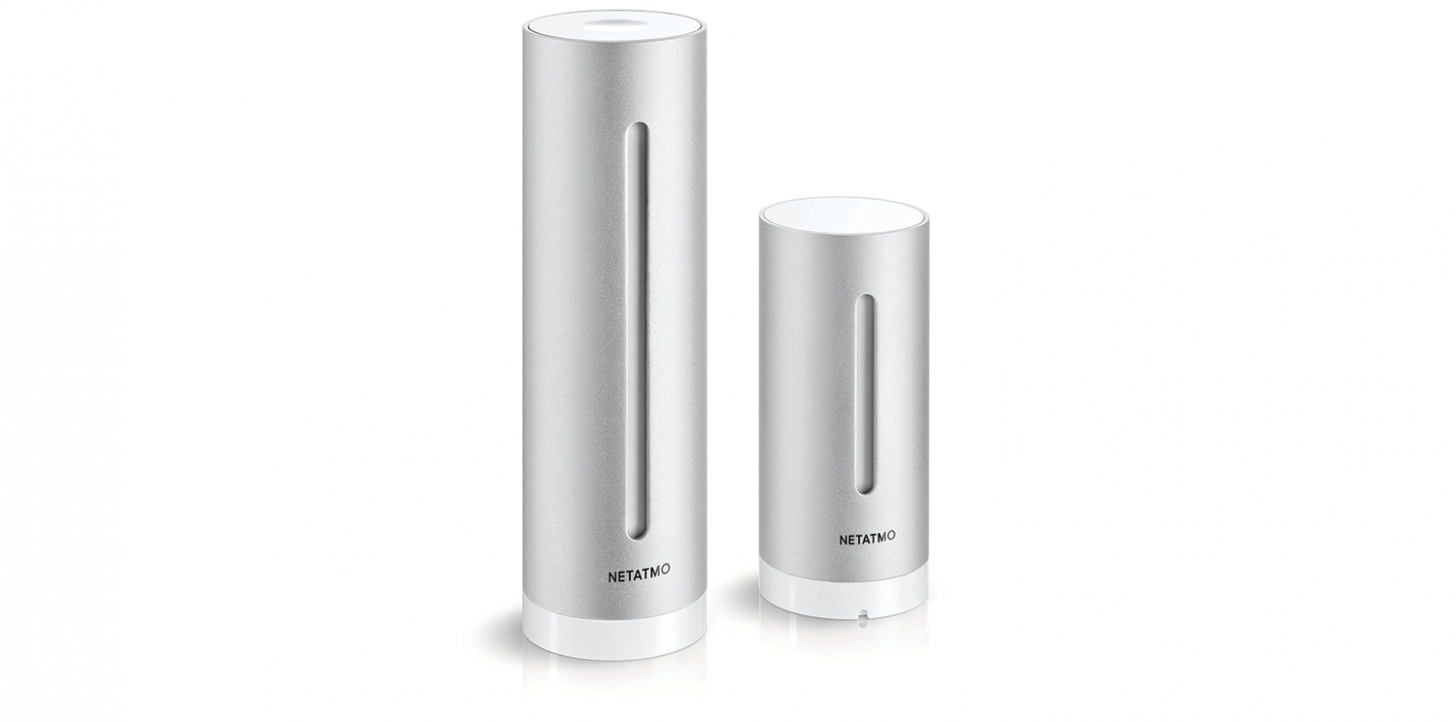
In addition to water, like all gardeners, I worry about the weather. Most weather apps get their local weather data from weather stations found at places like nearby airports. This is fine if you want to know whether to bring a jacket or an umbrella when you leave the house, but doesn’t offer specific information about your own microclimate, which can be quite different depending on elevation, surrounding buildings and trees, etc. My patio, for example, is anywhere from two to five degrees warmer in the winter than my local airport. I’m interested to see what the temperature difference, if any, will be over the summer. I tried a few smart weather stations and ultimately settled on the Netatmo Smart Home Weather Station ($179.99) because it has the best range of features. I especially like that I can set up alerts for different weather events. I’ve got ones enabled for temperature extremes so I can protect my plants if it gets too cold or hot for them. Since I’m gardening on a covered patio, I chose not to get the rain gauge or anemometer (for measuring wind speed and direction) but I like that these can easily be added to my setup later if I move house. I also like that it comes with an indoor module that measures the indoor environment, since it alerted me to an indoor air quality issue that I was fortunately able to easily resolve.

Having done everything I could to keep the pollinators and plants happy, it was time to make the space into the perfect hang out spot for people. While the sunrise provides the ambient lighting in the mornings, the existing patio light fixture didn’t cut it for the evenings. I started by hanging the VeSync RGBW Wi-Fi Smart Outdoor String Lights 48ft ($75.99) from the patio ceiling. One strand was enough for my space, but you can easily add a second strand and control them as one accessory in the VeSync app. I enjoyed playing with the different presets and color options. I will definitely be using the Christmas scene when winter rolls around and syncing the lights with my music the next time I’m entertaining. For day-to-day lighting, I went with the cozy Sunset scene and used the app to schedule them to turn on and off every evening. To complete the lighting scheme, I placed the weatherproof Eve Flare ($99.95) in a corner behind my kumquat tree for a little uplighting and selected a color scheme that works with my string lights. This portable lamp charges wirelessly, which means I’m not confined to using it in a single location or dependent on having an outlet nearby.
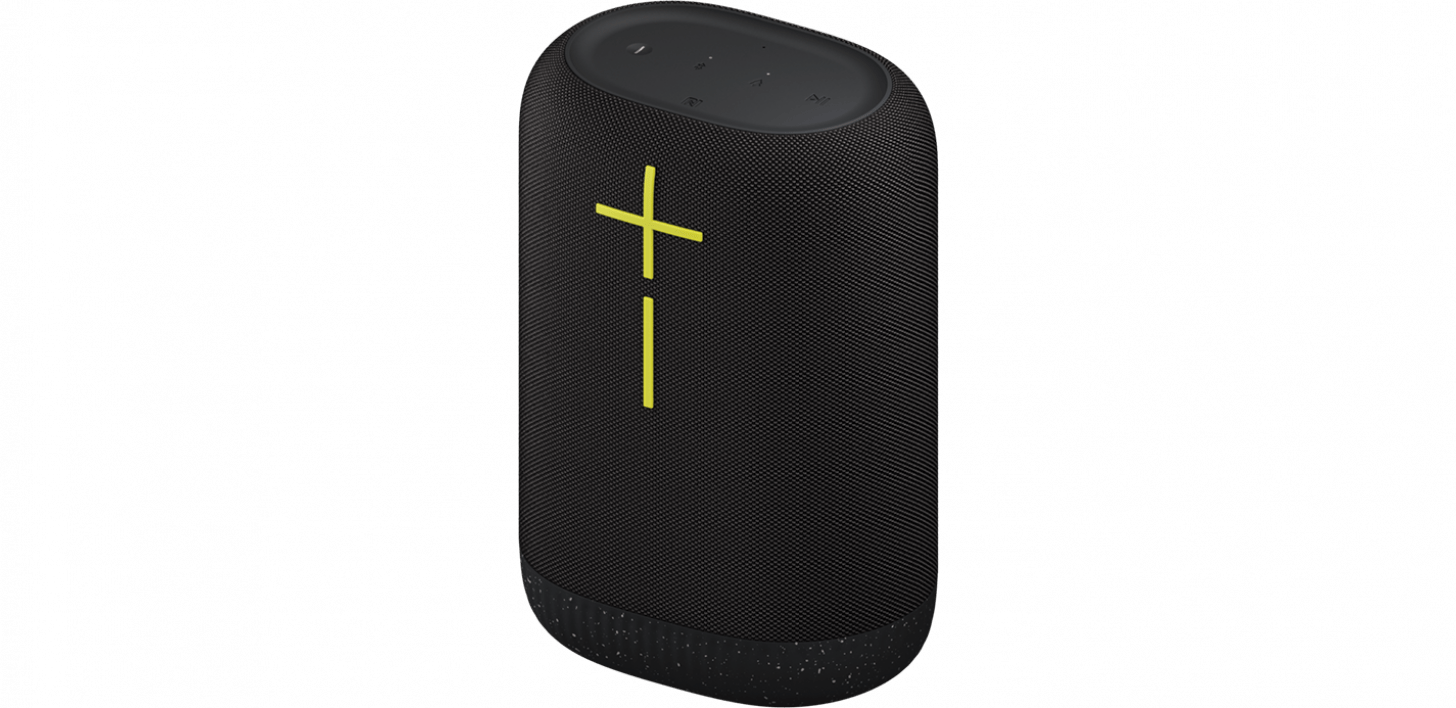
To add music to the mix, I have been using an Ultimate Ears Epic Boom ($349.99) to play music. I am a longtime fan of Ultimate Ears Bluetooth speakers because of their great sound quality and ruggedness. My previous models stood up to rainy cycling trips, long hikes, multiple camping trips, and other outdoor adventures, so I’m sure the Epic Boom will hold up to the wind, dust, and occasional rain we get in Vegas.
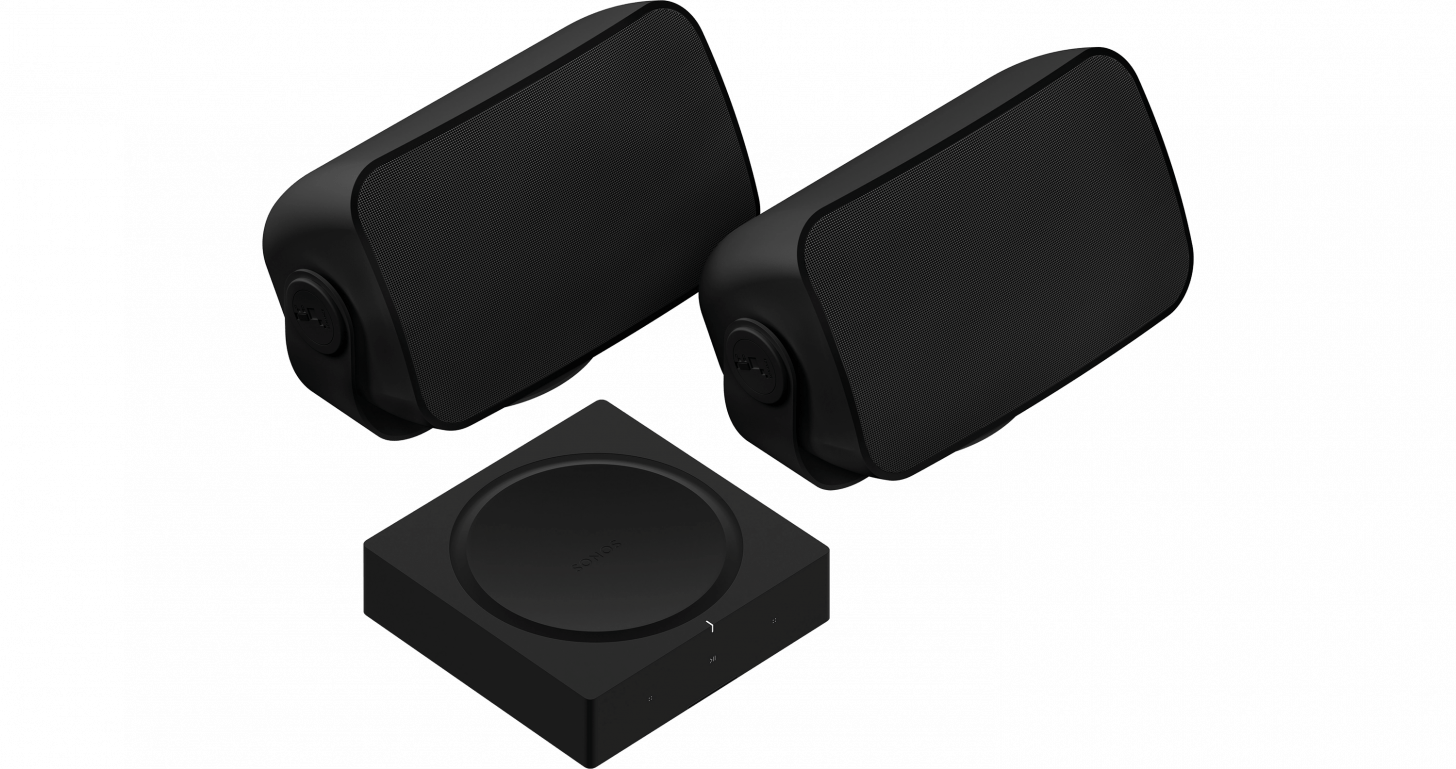
When entertaining on my patio, I like to link the Epic Boom with my other UE speakers so that I have the same music playing indoors and on the patio. I like the portability and relative affordability of this speaker, but if I were looking for a wired option, I would choose the Sonos Weatherproof Outdoor Speaker Set ($1418). Sonos speakers have amazing sound quality and I love the way I can use AirPlay to sync playback with my HomePods.
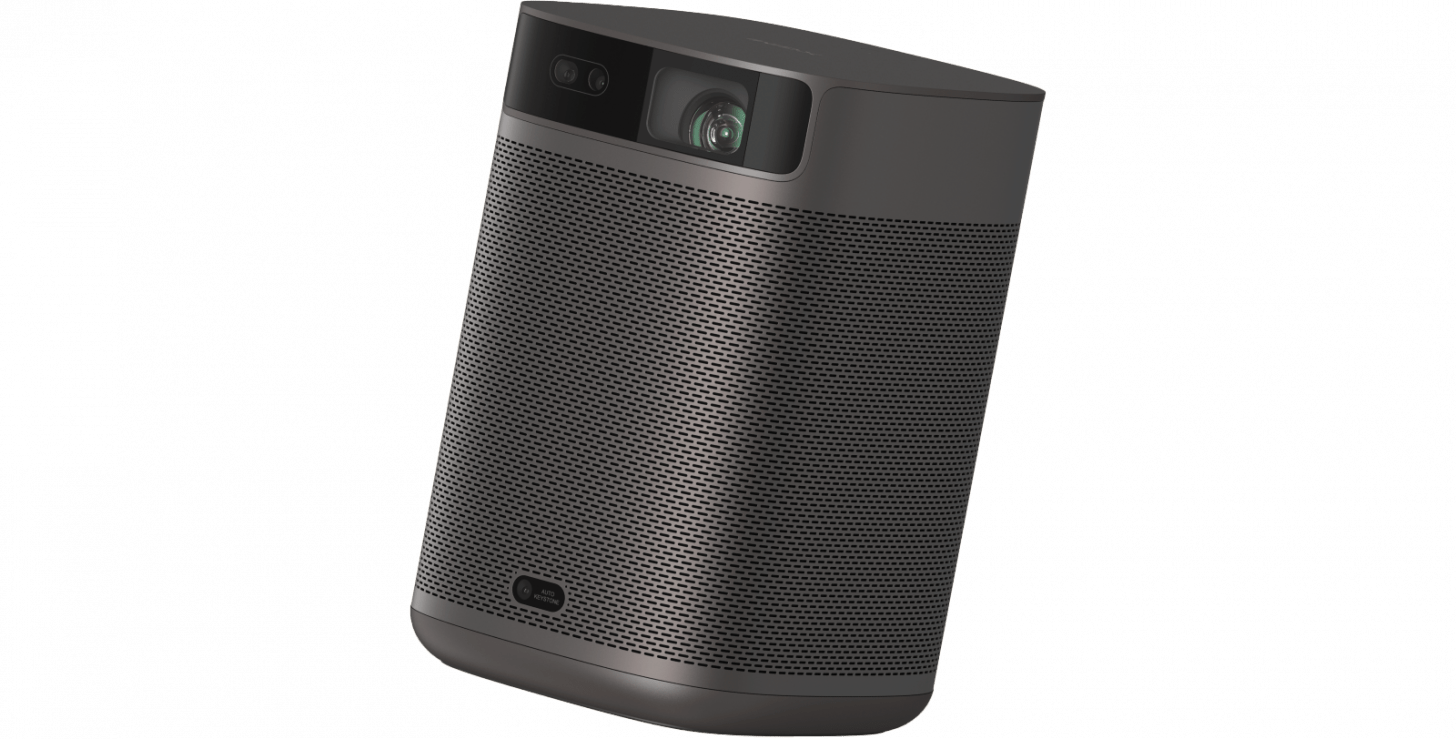
I also use the speaker as the audio output for my MoGo 2 Pro ($499) portable projector when we are in the mood to stream something. The MoGo has a decent speaker, but the Epic Boom is better, and I like that I’m not constrained by the location of the projector. The MoGo’s automatic focusing and brightness means it works effortlessly even when projecting in less than ideal settings, such as on a textured patio wall.
All in all, I’m excited to spend as much time on my patio as possible this year enjoying outdoor living smart-home style. Fingers crossed that the butterflies and hummingbirds like my patio updates as much as I do!
Top image credit: BongkarnGraphic / Shutterstock.com

Sarah Kingsbury
As the Editorial Director at iPhone Life, Sarah Kingsbury manages the online editorial team and oversees all website content. She is a long-time Apple enthusiast who never goes anywhere without her Apple Watch and owns way too many HomePods. Since joining iPhone Life in 2013, Sarah has done everything from writing hundreds of how-to articles to founding the Daily Tip newsletter. She even co-hosted the early episodes of the iPhone Life Podcast. When not at work, Sarah can be found hiking in the mountains and canyons around Las Vegas, where she lives with her partner and dogs.
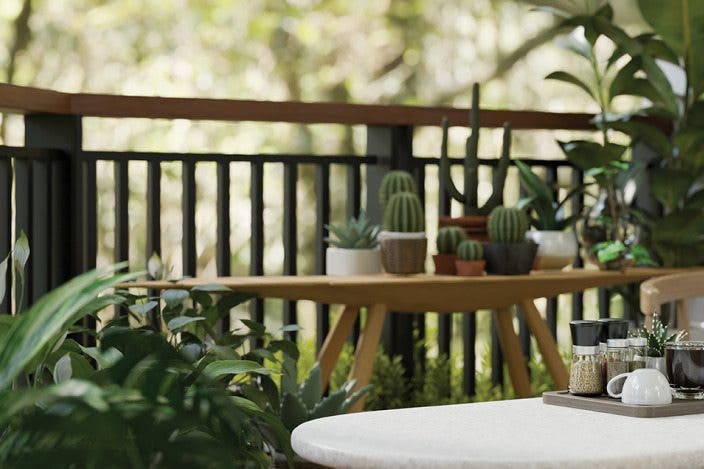

 Ashleigh Page
Ashleigh Page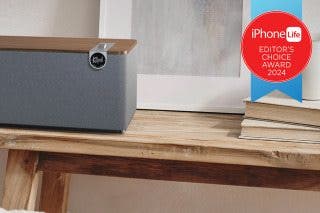
 Nicholas Naioti
Nicholas Naioti
 Rhett Intriago
Rhett Intriago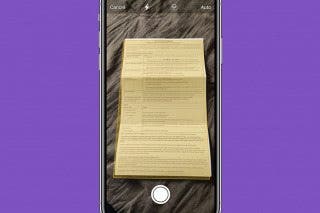
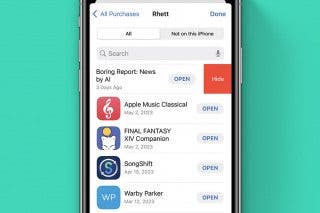

 Amy Spitzfaden Both
Amy Spitzfaden Both
 Hal Goldstein
Hal Goldstein

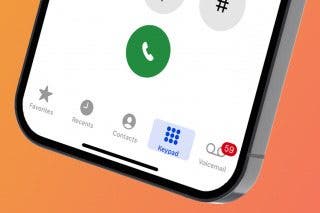
 Leanne Hays
Leanne Hays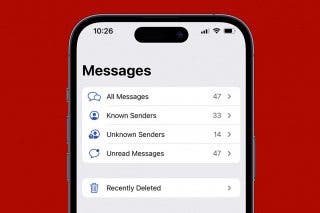
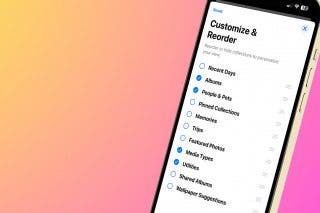
 Olena Kagui
Olena Kagui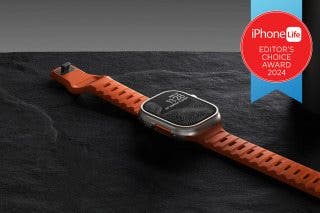

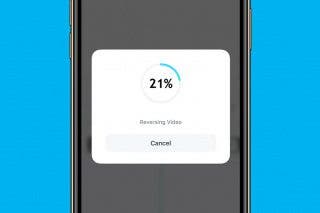
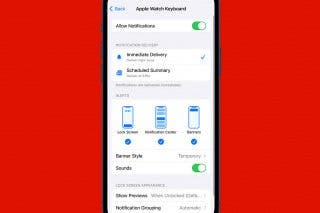
 Rachel Needell
Rachel Needell